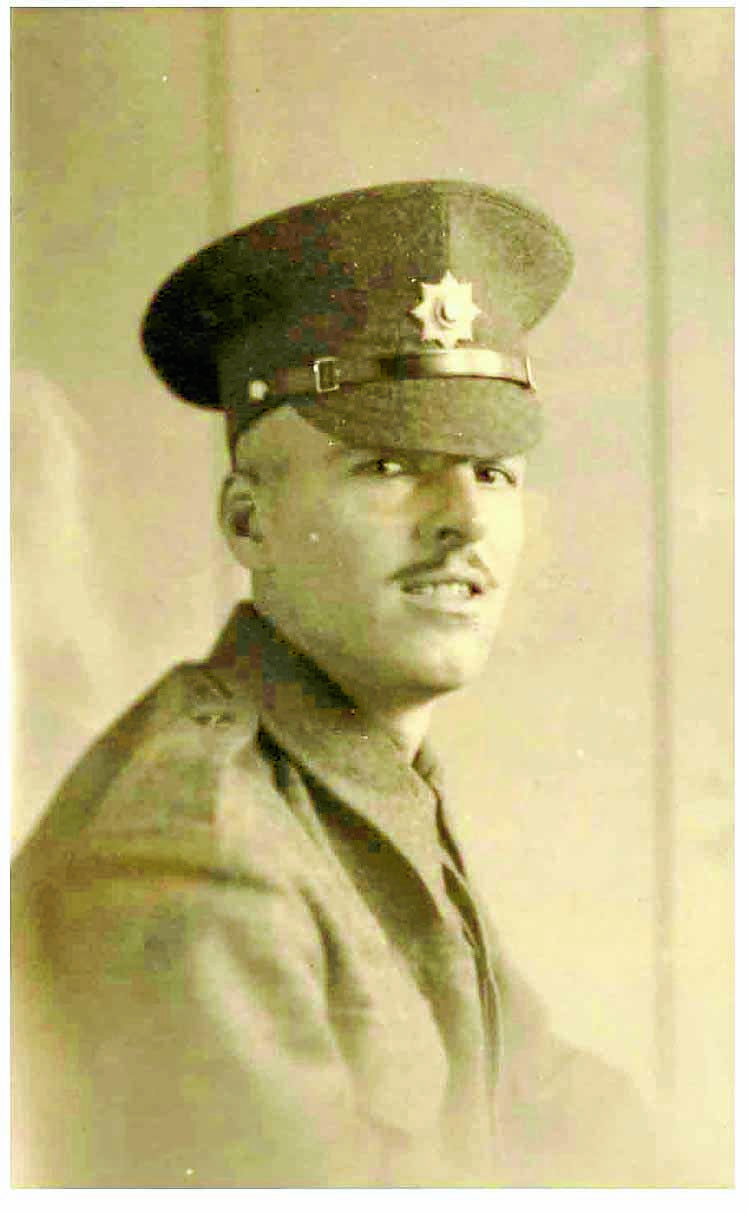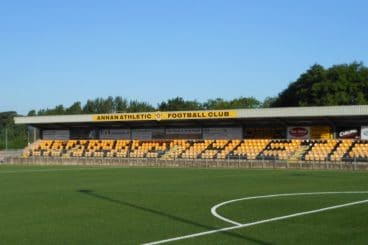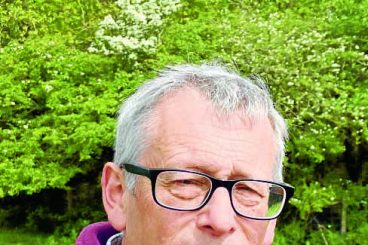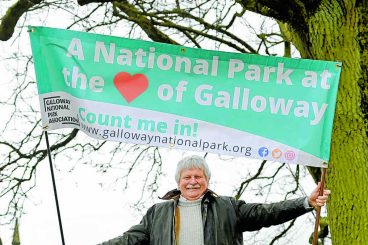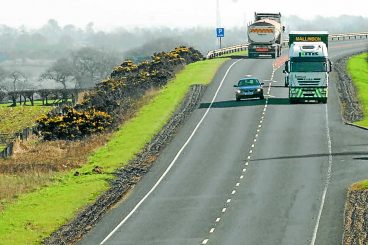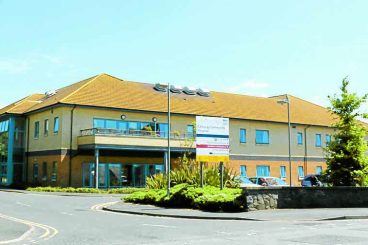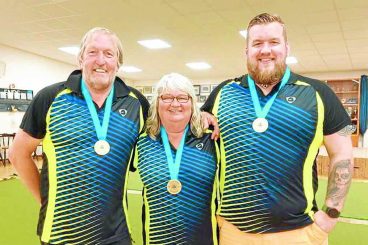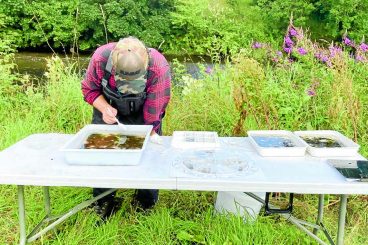A COLLECTION of artefacts are on display in Dumfries Museum telling the story of the town’s experiences in World War II.
Among them are several gas masks, which were issued to the whole population as there were fears that the poison gas which was used on soldiers in the First World War might now be dropped on civilians in this new conflict. People were expected to carry their gas masks everywhere with them. Brightly coloured masks were given to small children and they were named ‘Mickey Mouse’ masks to make them seem less scary.
The search for air raid wardens began locally in March 1938, and the first public air raid shelters in the town were built in September 1940. ARP wardens supervised air raid precautions in the streets and in shelters, issued gas masks and checked the blackout. One in every six wardens was a woman. Various items of ARP Warden equipment are displayed in the museum, including the key to the public shelter on the Annan Road.
After the Nazi invasion of Norway in 1940, the Norwegian merchant fleet headed for Allied ports and 3000 men duly arrived in Britain. Initially, the British authorities directed them to the town of Hamilton, near Glasgow, but a group of over 300 men were instructed to travel on to Dumfries, with the first ones arriving on 28 May 1940. In the following days hundreds more Norwegians arrived. They came from all corners of the globe, including Africa, the Middle East and South America. Some even managed to escape from Norway, risking their lives crossing the North Sea in small boats. A few weeks later, when the Norwegian government declared war on Germany, the Norwegians in Dumfries enlisted as soldiers. At one time there were 1000 men and over 1000 women training in the town.
In addition, the museum has lots of documents relating to the Kristiansen Family, including a temporary identity card belonged to Nellie (Mary) Kristiansen. She was the wife of Arnlijor Kristiansen, a merchant seaman who joined the Norwegian Army at Dumfries in 1940. They married in June 1941 in a ceremony held in Norway House beside Burns Statue. When the war was over the couple settled in Bergen, where Nellie was an active member of the town’s Burns Club.
Another display in the museum tells the story of Captain Cecil Riding. Cecil, (known as Jock), above, grew up on the Castlemilk estate near Lockerbie. In 1940 he joined the Coldstream Guards before transferring to the Highland Light Infantry in 1941. In February 1944 Cecil was selected for the newly formed Special Air Service (SAS) and was posted on special duty throughout occupied Western Europe in 1944 and 1945, for which he was awarded the Military Cross.





